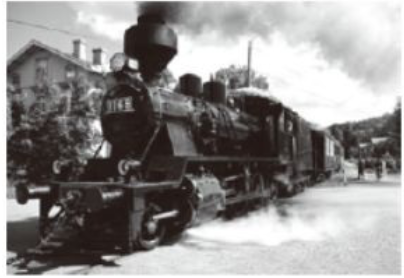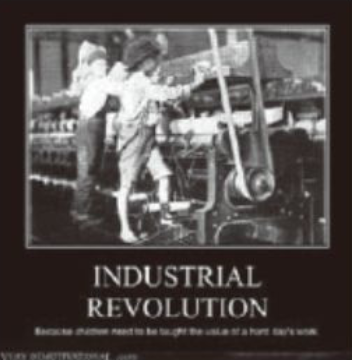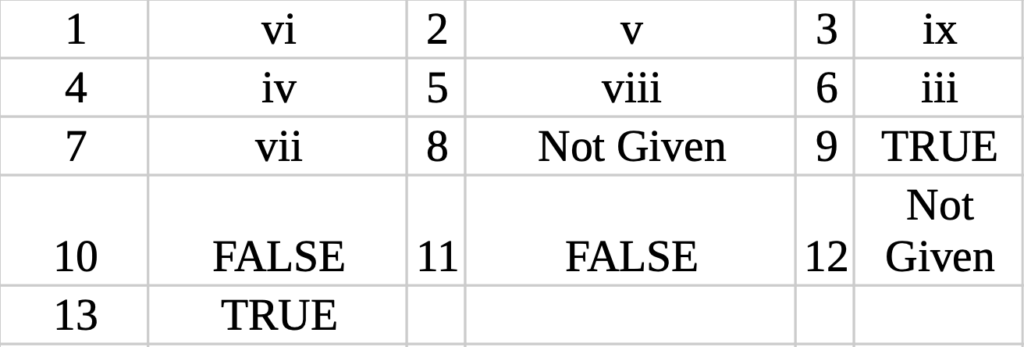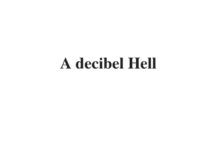Table of Contents
Tea and Industrial Revolution
Passage

A. Alan Macfarlane thinks he could rewrite history. The professor of anthropological science at King’s College, Cambridge has, like other historians, spent decades trying to understand the enigma of the Industrial Revolution. Why did this particular important event – the world- changing birth of industry – happen in Britain? And why did it happen at the end of the 18th century?
B. Macfarlane compares the question to a puzzle. He claims that there were about 20 different factors and all of them needed to be present before the revolution could happen. The chief conditions are to be found in history textbooks. For industry to ‘take off’, there needed to be the technology and power to drive factories, large urban populations to provide cheap labour easy transport to move goods around, an affluent middle-class willing to buy mass-produced objects, a market-driven economy, and a political system that allowed this to happen. While this was the case for England, other nations, such as Japan, Holland and France also met some of these criteria. All these factors must have been necessary but not sufficient to cause the revolution. Holland had everything except coal, while China also had many of these factors.
C. Most historians, however, are convinced that one or two missing factors are needed to solve the puzzle. The missing factors, he proposes, are to be found in every kitchen cupboard. Tea and beer, two of the nation’s favorite drinks, drove the revolution. Tannin, the active ingredient in tea, and hops, used in making beer, both contain antiseptic properties. This -plus the fact that both are made with boiled water- helped prevent epidemics of waterborne diseases, such as dysentery, in densely populated urban areas. The theory initially sounds eccentric but his explanation of the detective work that went into his deduction and the fact his case has been strengthened by a favorable appraisal of his research by Roy Porter (distinguished medical historian) the skepticism gives way to wary admiration.

D. Historians had noticed one interesting factor around the mid-18th century that required explanation. Between about 165D and 1740, the population was static. But then there was a burst in population. The infant mortality rate halved in the space of 20 years, and this happened in both rural areas and cities, and across all classes. Four possible causes have been suggested. There could have been a sudden change in the viruses and bacteria present at that time, but this is unlikely. Was there a revolution in medical science? But this was a century before Lister introduced antiseptic surgery. Was there a change in environmental conditions? There were improvements in agriculture that wiped out malaria, but these were small gains. Sanitation did not become widespread until the 19th century. The only option left was food. But the height and weight statistics show a decline. So the food got worse. Efforts to explain this sudden reduction in child deaths appeared to draw a blank.
E. This population burst seemed to happen at just the right time to provide labor for the Industrial Revolution. But why? When the Industrial Revolution started, it was economically efficient to have people crowded together forming towns and cities. But with crowded living conditions comes disease, particularly from human waste. Some research in the historical records revealed that there was a change in the incidence of waterborne disease at that time, the English were protected by the strong antibacterial agent in hops, which were added to make beer last. But in the late 17th century a tax was introduced on malt. The poor turned to water and gin, and in the 1720s the mortality rate began to rise again.
F. Macfarlane looked to Japan, which was also developing large cities about the same time, and also had no sanitation. Waterborne diseases in the Japanese population were far fewer than those in Britain. Could it be the prevalence of tea in their culture? That was when Macfarlane thought about the role of tea in Britain. The history of tea in Britain provided an extraordinary coincidence of dates. Tea was relatively expensive until Britain started direct hade with China in the early 18th century. By the 1740s, about the time that infant mortality was falling, the drink was common. Macfarlane guesses that the fact that water had to be boiled, together with the stomach-purifying properties of tea so eloquently described in Buddhist texts, meant that the breast milk provided by mothers was healthier than it had ever been. No other European nation drank tea so often as the British, which, by Macfarlane’s logic, pushed the other nations out of the race for the Industrial Revolution.
G. But, if tea is a factor in the puzzle, why didn’t this cause an industrial revolution in Japan? Macfarlane notes that in the 17th century, Japan had large cities, high literacy rates and even a futures market. However, Japan decided against a work-based revolution, by giving up labor-saving devices even animals, to avoid putting people out of work. Astonishingly, the nation that we now think of as one of the most technologically advanced, entered the 19th century having almost abandoned the wheel. While Britain was undergoing the Industrial Revolution, Macfarlane notes wryly, Japan was undergoing an industrious one.
Questions
Questions 1-7
Reading passage 1 has seven paragraphs, A-G
Choose the correct heading for paragraphs A -G from the list of headings below. Write the correct number, i-x, in boxes 1-7 on your answer sheet
List of headings
i. Cases of Japan, Holland and France City development in Japan
ii. Tea drinking in Japan and Britain
iii. Failed to find a plausible cause for mystery about lower mortality rate
iv. Preconditions necessary for industrial revolution
V. Time and place of industrialization
vi. Conclusion drawn from the comparison with Japan
viii. Relation between population and changes of drink in Britain
ix. Two possible solutions to the puzzle
—————
1. Paragraph A
2. Paragraph B
3. Paragraph C
4. Paragraph D
5. Paragraph E
6. Paragraph F
7. Paragraph G
Questions 8-13
Do the following statements agree with the information given in Reading Passage 1? In boxes 8-13 on your answer sheet, write
TRUE if the statement is true
FALSE if the statement is false
NOT GIVEN if the information is not given in the passage 1
8. The industrialization did not happen in China because of its inefficient railway transportation.
9. Tea and beer contributed to protect people from waterborne disease.
10. Roy Porter disagreed with the proposed theory about the missing factors
11. The reason of lower child deaths is fully explained by food.
12. The British made beer by themselves.
13. Tax on malt indirectly affected the increase of population in late 17th century
Answers




Ghfjgugiguggu